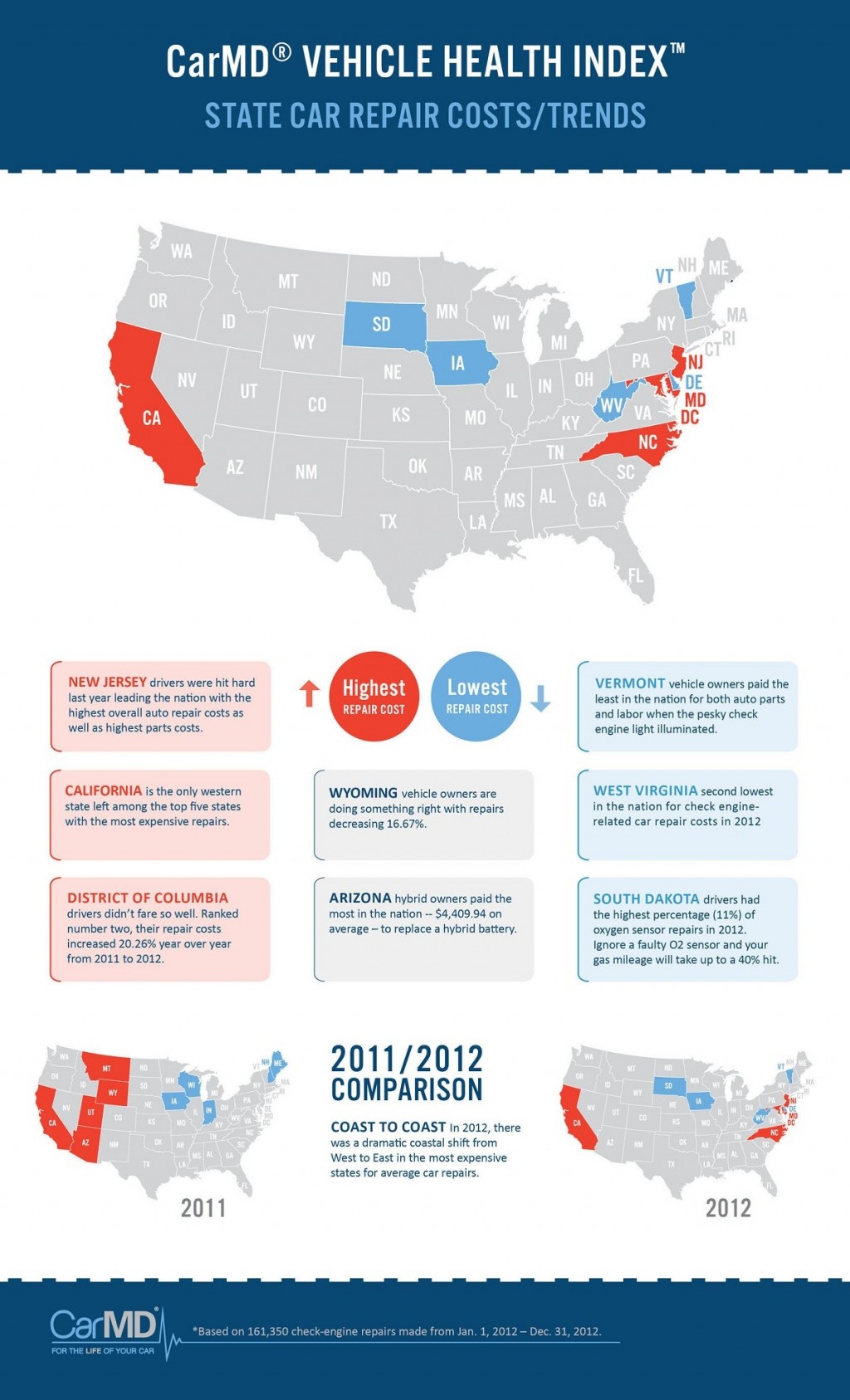Looking For Quality On The Warning Lights Presented On Your Automobile'S Control Panel? Discover Exactly How They Relate To Your Car'S Health And Wellness
Looking For Quality On The Warning Lights Presented On Your Automobile'S Control Panel? Discover Exactly How They Relate To Your Car'S Health And Wellness
Blog Article
Web Content Create By-Higgins Dalgaard
When you're behind the wheel, those glowing caution lights on your dashboard can be a little bit difficult. Do you know what they're attempting to inform you regarding your auto's health? Recognizing the value of these lights is essential for your security and the long life of your automobile. So, the following time one of those lights turns up, would not you want to understand its message properly and take the essential steps to resolve it?
Common Caution Lighting and Interpretations
Recognize typical warning lights in your cars and truck and comprehend their significances to make sure secure driving.
One of the most typical caution lights include the check engine light, which signifies problems with the engine or emissions system. If source web page comes on, it's critical to have your car checked quickly.
The oil stress advising light shows reduced oil pressure, calling for instant attention to stop engine damages.
A blinking battery light might recommend a damaged charging system, potentially leaving you stranded if not addressed.
The tire stress surveillance system (TPMS) light informs you to reduced tire pressure, affecting lorry stability and gas effectiveness. Disregarding this might lead to unsafe driving conditions.
The abdominal light shows a trouble with the anti-lock braking system, jeopardizing your ability to quit promptly in emergency situations.
Last but not least, the coolant temperature warning light warns of engine getting too hot, which can cause severe damage otherwise dealt with swiftly.
Understanding these usual caution lights will certainly help you deal with concerns immediately and keep safe driving problems.
Significance of Prompt Interest
Understanding the common warning lights in your car is only the initial step; the importance of immediately dealing with these cautions can not be highlighted sufficient to guarantee your security when traveling.
When wash car near me illuminates on your control panel, it's your auto's way of communicating a possible concern that needs focus. Disregarding these cautions can result in more extreme problems down the road, compromising your safety and potentially costing you much more in repairs.
Trigger focus to advising lights can avoid failures and accidents. As an example, a blinking check engine light might suggest a misfire that, if left ignored, can cause damage to the catalytic converter. Addressing this quickly can save you from a pricey repair.
Likewise, a brake system cautioning light could indicate reduced brake liquid or used brake pads, critical parts for your safety and security when driving.
DIY Troubleshooting Tips
If you discover a caution light on your control panel, there are a few do it yourself repairing ideas you can attempt prior to looking for expert assistance.
The very first step is to consult your car's manual to recognize what the particular warning light shows. Occasionally the concern can be as straightforward as a loose gas cap setting off the check engine light. Tightening up the gas cap may deal with the trouble.
One more typical issue is a reduced battery, which can trigger different cautioning lights. Inspecting the battery links for rust and ensuring they're protected may take care of the trouble.
If a warning light lingers, you can try resetting it by disconnecting the auto's battery for a couple of minutes and afterwards reconnecting it. In addition, inspecting your automobile's liquid levels, such as oil, coolant, and brake fluid, can assist repair warning lights associated with these systems.
Final thought
In conclusion, recognizing your cars and truck's warning lights is vital for maintaining your automobile running smoothly and securely. By promptly addressing these signals and knowing what they mean, you can avoid costly fixings and possible malfunctions.
Keep in mind to consult your cars and truck's guidebook for particular details on each advising light and act accordingly to ensure a trouble-free driving experience.
Remain notified, stay secure when driving!
